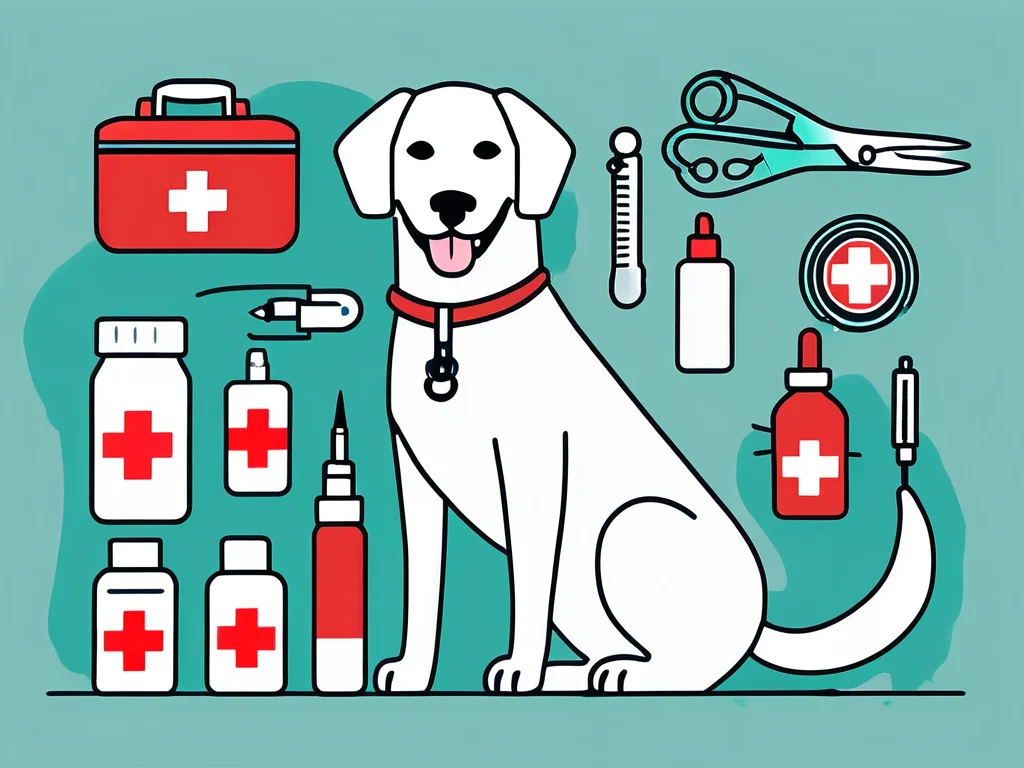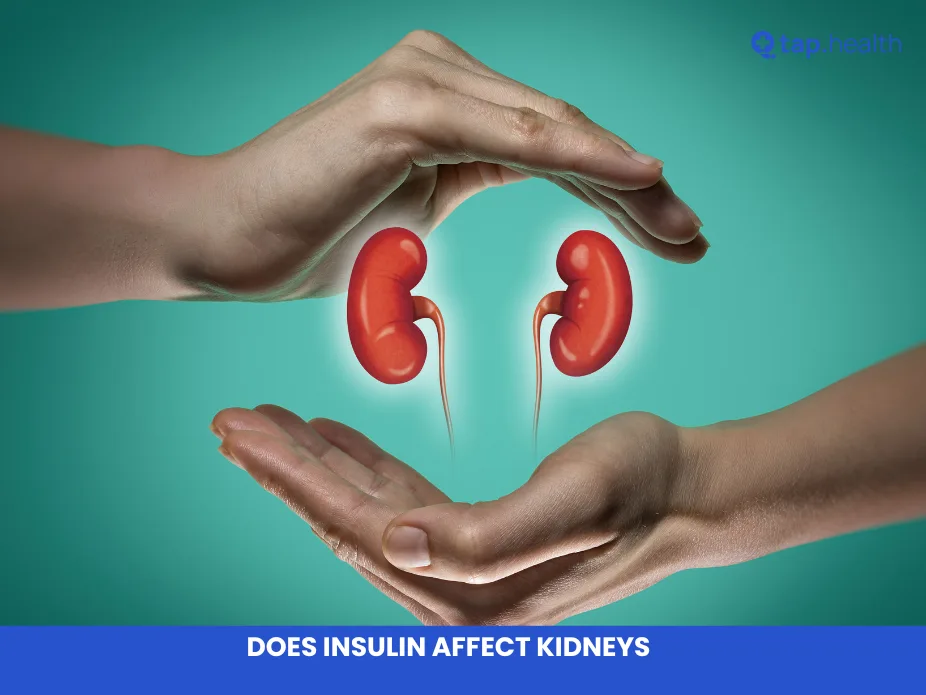Dog bites can range from minor scratches to severe wounds, carrying risks of infections like rabies and tetanus. Understanding the role of injections in dog bite treatment, along with proper care and prevention strategies, is vital for safety and recovery. This comprehensive guide covers the essentials of dog bite injections, immediate medical steps, post-bite care, and legal considerations, ensuring you’re well-equipped to handle such incidents effectively.
What Are the Risks of Dog Bites?
Dog bites pose both physical and emotional challenges. The severity of a bite depends on factors like the dog’s size, the bite’s location, and the animal’s temperament. Minor bites may cause superficial scratches, while deeper wounds can lead to infections or long-term complications. Emotional trauma, especially in children, may require psychological support alongside physical treatment.
Beyond physical damage, dog bites can transmit diseases such as:
- Rabies: A deadly viral infection affecting the nervous system.
- Tetanus: A bacterial infection causing muscle stiffness and spasms.
- Bacterial Infections: Such as cellulitis or osteomyelitis, caused by bacteria entering through the wound.
The vaccination status of the dog significantly impacts disease transmission risk. Unvaccinated dogs are more likely to carry and spread infections, emphasizing the importance of responsible pet ownership and regular veterinary care.
Why Is Immediate Medical Attention Critical?
Prompt action after a dog bite can prevent complications and promote healing. Here’s how to respond effectively:
First Aid for Dog Bites
- Clean the Wound: Wash the bite thoroughly with mild soap and warm water to remove dirt and bacteria.
- Apply Antiseptic: Use a solution like hydrogen peroxide to disinfect the area.
- Control Bleeding: Apply gentle pressure with a clean cloth or bandage.
- Elevate and Immobilize: Raise the affected area to reduce swelling and keep it still to minimize further damage.
- Monitor for Infection: Watch for signs like redness, swelling, or discharge, and change dressings regularly.
When to Seek Professional Help
Seek medical attention immediately if:
- The bite is deep or bleeding heavily.
- Signs of infection (redness, warmth, pus) appear.
- The bite is on the face, hands, feet, or genitals, which are prone to complications.
- The dog is unknown or shows signs of rabies.
Medical professionals can assess the wound, administer necessary injections, and provide guidance on further care. Rabies, in particular, requires urgent evaluation due to its fatal nature if untreated.
What Injections Are Needed for Dog Bite Treatment?
Injections play a critical role in preventing life-threatening infections after a dog bite. The two primary injections are for tetanus and rabies.
Tetanus Injection for Dog Bites
Tetanus, caused by Clostridium tetani bacteria found in soil and animal feces, can enter the body through a dog bite. A tetanus toxoid injection is administered if the victim’s vaccination history is incomplete or unknown. This shot boosts the immune system’s ability to combat tetanus, preventing severe muscle spasms and stiffness. In some cases, it’s combined with other treatments based on the bite’s severity.
Rabies Vaccination for Dog Bites
Rabies, a viral disease transmitted through an infected dog’s saliva, is nearly 100% fatal once symptoms appear. Post-exposure prophylaxis (PEP) for rabies includes:
- Rabies Vaccine: A series of shots to build immunity against the virus.
- Rabies Immune Globulin: Provides immediate antibodies to neutralize the virus at the bite site.
These injections are critical, especially if the dog’s rabies vaccination status is unknown or if it exhibits symptoms like aggression or foaming at the mouth. Prompt administration significantly reduces the risk of infection.
How to Care for a Dog Bite Wound?
Proper wound care is essential to prevent infection and promote healing. Follow these steps:
- Keep the Wound Clean: Wash daily with mild soap and water.
- Apply Antibiotic Ointment: Use under a sterile dressing to reduce infection risk.
- Change Dressings Regularly: Monitor for signs of infection, such as increased redness or swelling.
- Elevate the Area: This helps reduce swelling and supports healing.
If signs of infection or delayed healing occur, consult a healthcare provider immediately.
How to Prevent Future Dog Bites?
Preventing dog bites requires education and proactive measures:
- Responsible Pet Ownership: Ensure dogs are vaccinated, socialized, and trained.
- Teach Safe Interaction: Educate children on how to approach and handle dogs safely.
- Recognize Aggression: Learn to identify signs of dog aggression, such as growling or bared teeth.
- Secure Dogs Properly: Use leashes or enclosures to prevent unexpected interactions.
- Report Incidents: Notify authorities about aggressive dogs to enhance community safety.
By fostering awareness and responsible behavior, the risk of dog bites can be significantly reduced.
What Are the Legal and Insurance Considerations?
Dog bites can have legal and financial implications. Understanding your rights and coverage options is crucial.
Reporting a Dog Bite
Report the incident to local authorities or animal control to document the event and prevent future bites. This step helps identify potentially dangerous dogs and ensures public safety. Authorities can also guide you on legal and medical next steps.
Understanding Your Legal Rights
Victims of dog bites may be entitled to compensation for medical expenses, pain, and emotional distress. Laws vary by jurisdiction, so consult a legal professional to explore your options. They can help navigate claims and ensure fair compensation.
Insurance Coverage for Dog Bites
Homeowners’ insurance policies often cover dog bite injuries, but coverage details vary. Review your policy to understand limits and exclusions. Some dog owners may need additional liability insurance to protect against potential claims. Consulting an insurance professional can clarify coverage options.
Why Are Dog Bite Injections Important?
Dog bite injections, particularly for tetanus and rabies, are vital for preventing life-threatening infections. Tetanus shots protect against bacterial infections, while rabies PEP is critical for neutralizing the virus before it spreads. Administering these injections promptly, alongside proper wound care, significantly reduces health risks.
Can You Treat a Dog Bite at Home?
Minor dog bites can be managed at home with thorough cleaning, antiseptic application, and monitoring. However, deep wounds, signs of infection, or bites from unknown dogs require professional medical attention to assess the need for injections and other treatments.
How Long Does It Take for a Dog Bite to Heal?
Healing time depends on the bite’s severity. Minor bites may heal in a few days with proper care, while deeper wounds or those with complications may take weeks. Regular monitoring and medical follow-ups ensure proper recovery.
What Are the Signs of Rabies in Dogs?
Signs of rabies in dogs include:
- Unusual aggression or lethargy.
- Excessive drooling or foaming at the mouth.
- Difficulty swallowing or paralysis.
If a dog exhibits these symptoms, avoid contact and seek immediate medical and veterinary assistance.
Conclusion
Dog bites require swift action to mitigate risks of infection and complications. Administering tetanus and rabies injections, when necessary, is a cornerstone of effective treatment. Coupled with proper wound care, preventive measures, and awareness of legal and insurance options, individuals can manage dog bite incidents effectively. By staying informed and proactive, you can protect your health and ensure a safer environment for both humans and pets.



